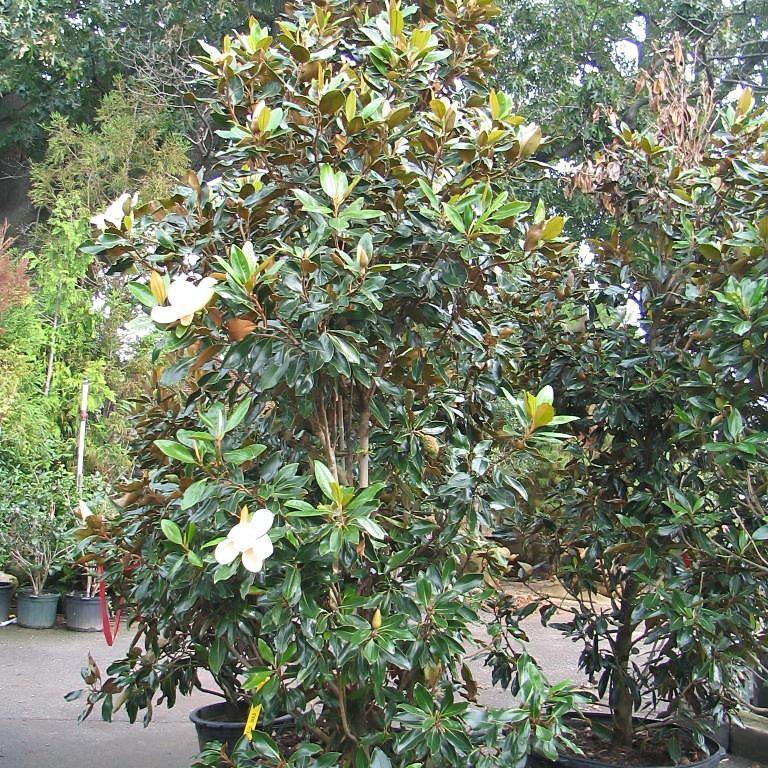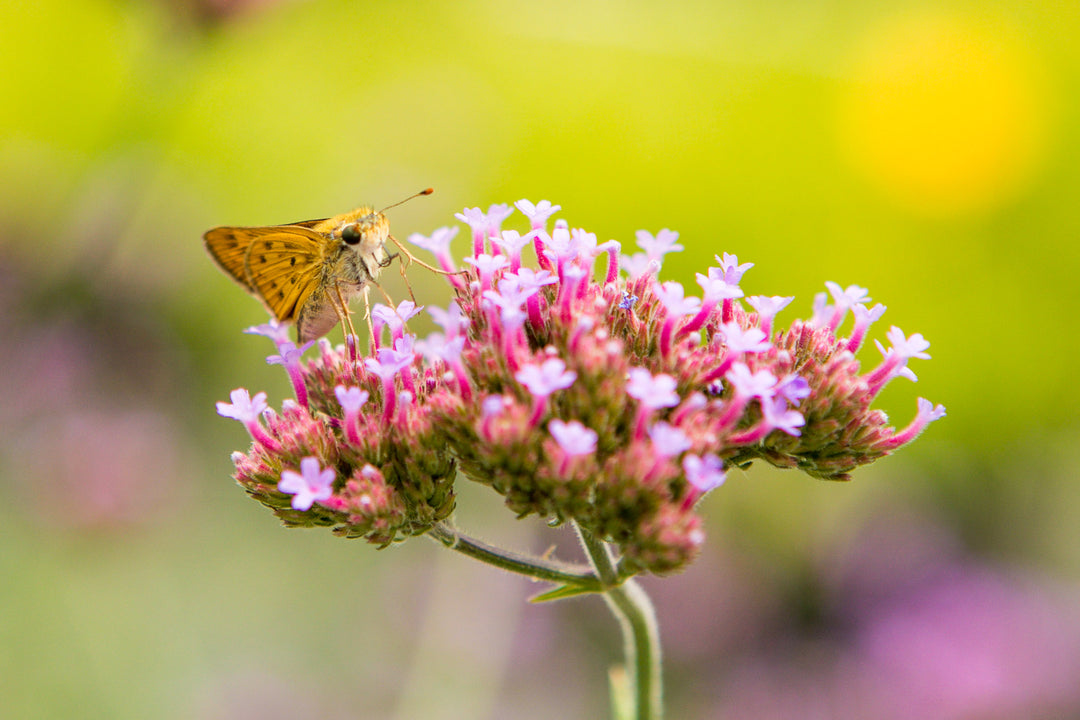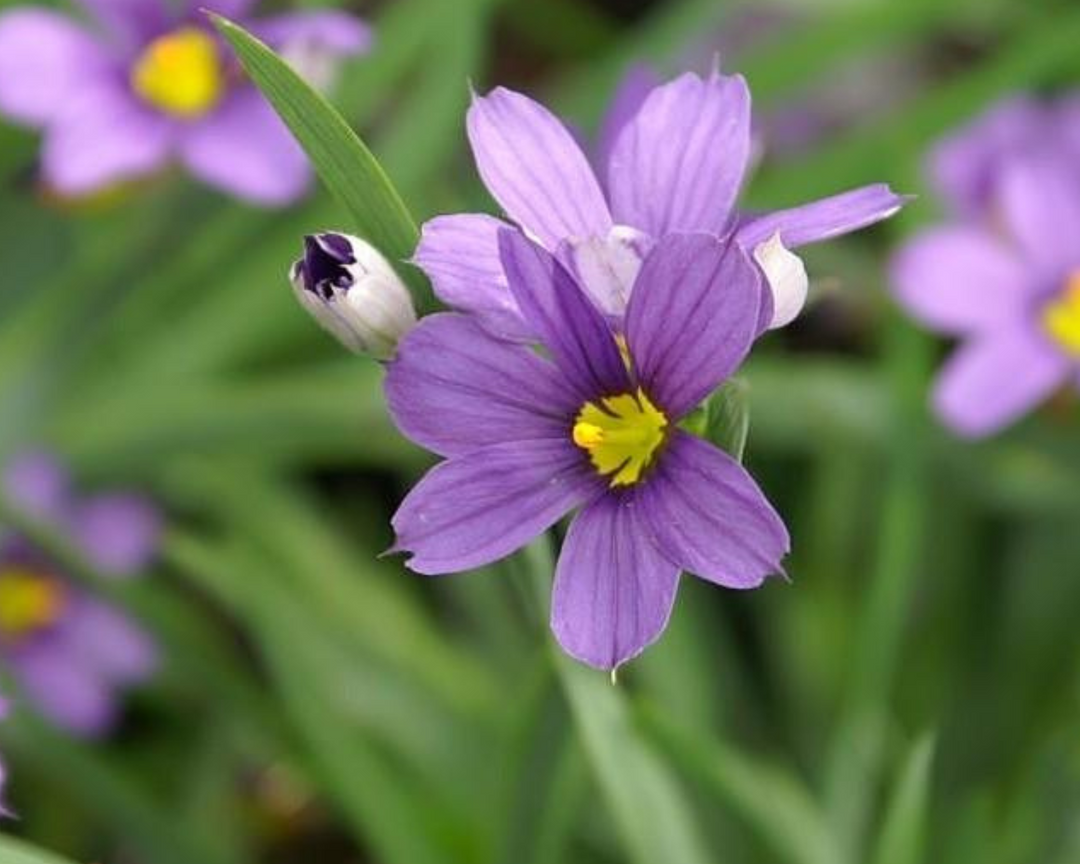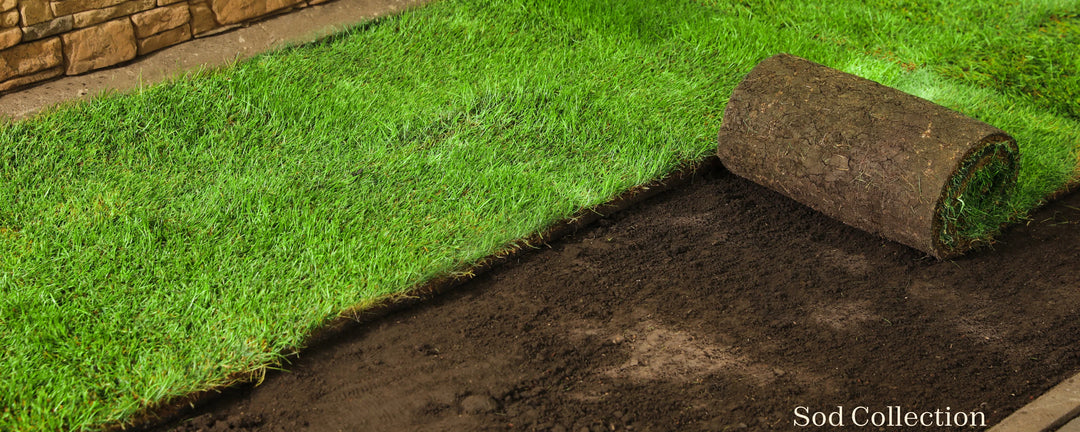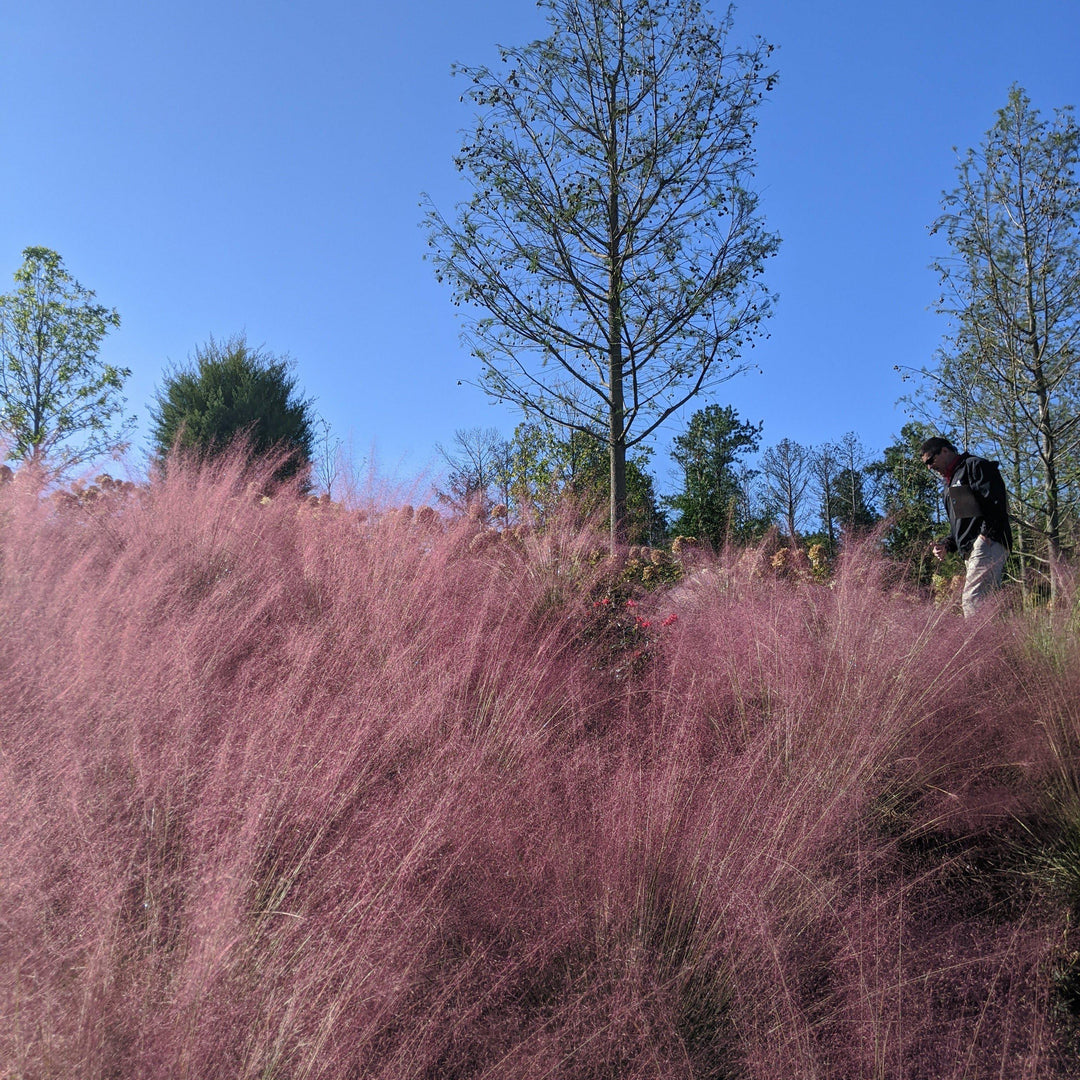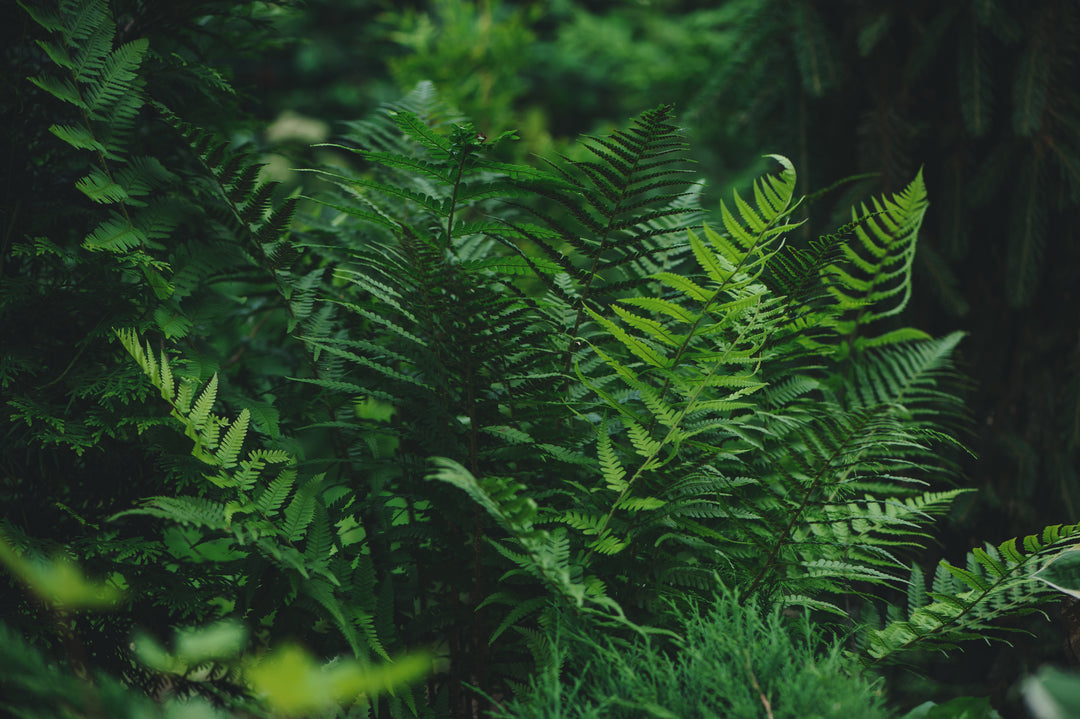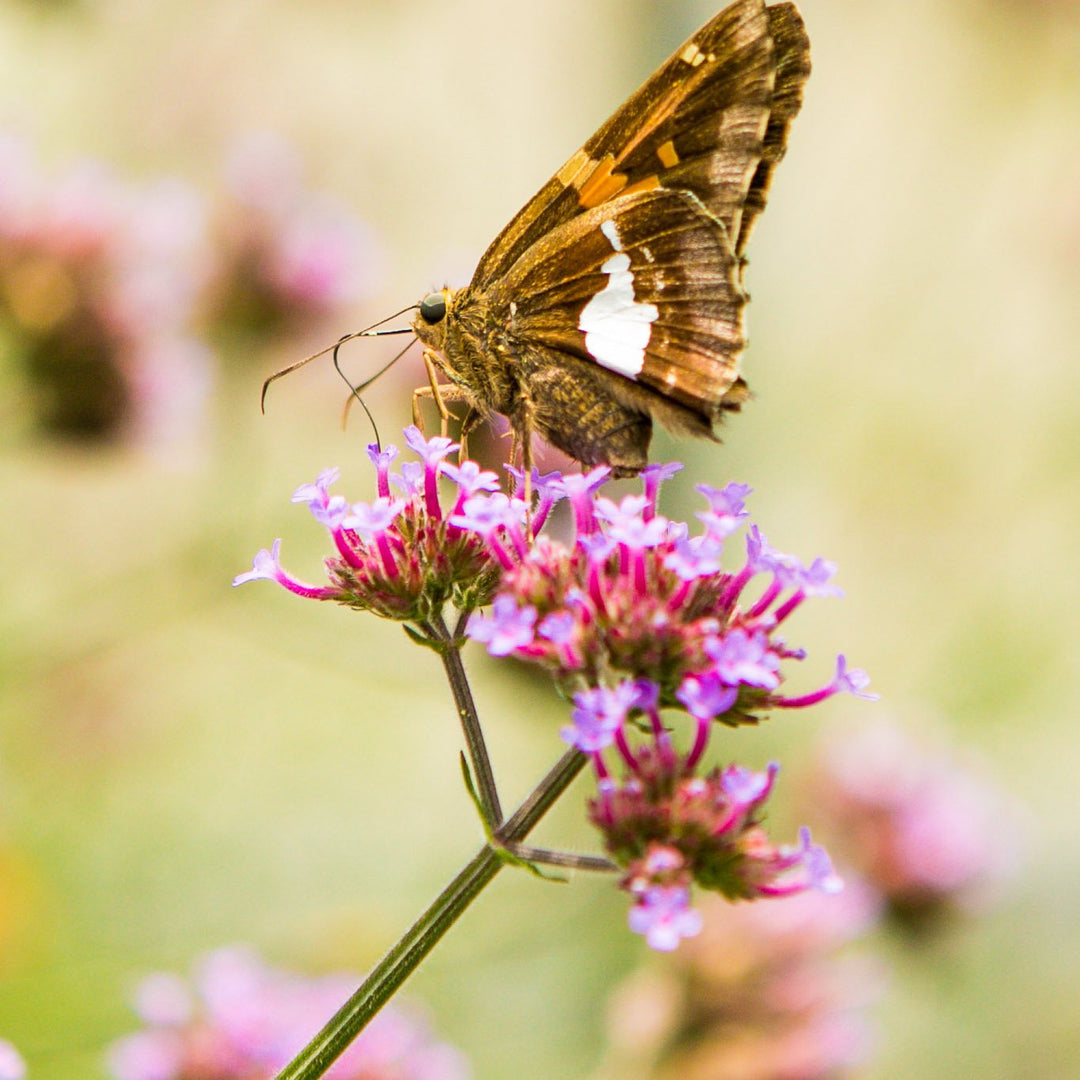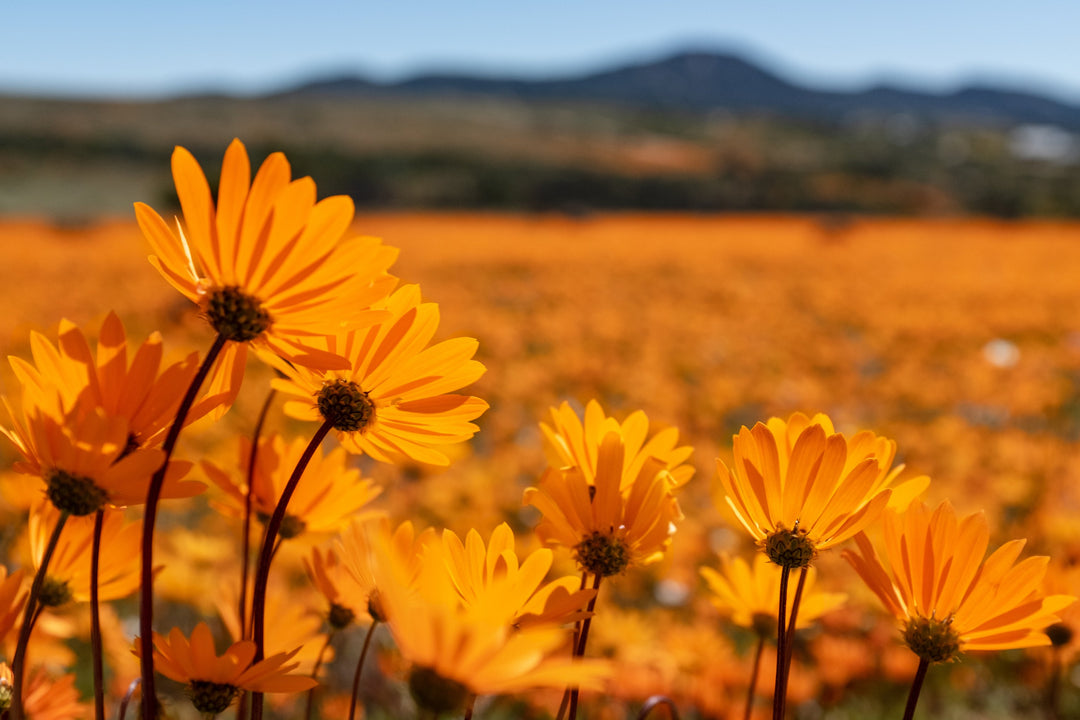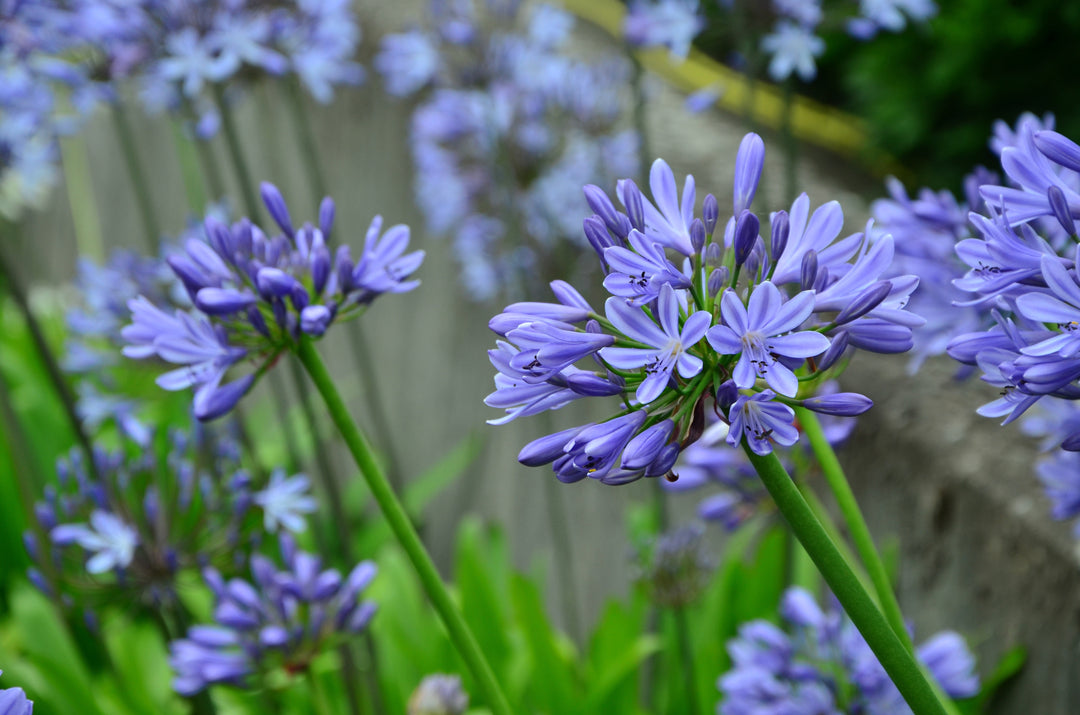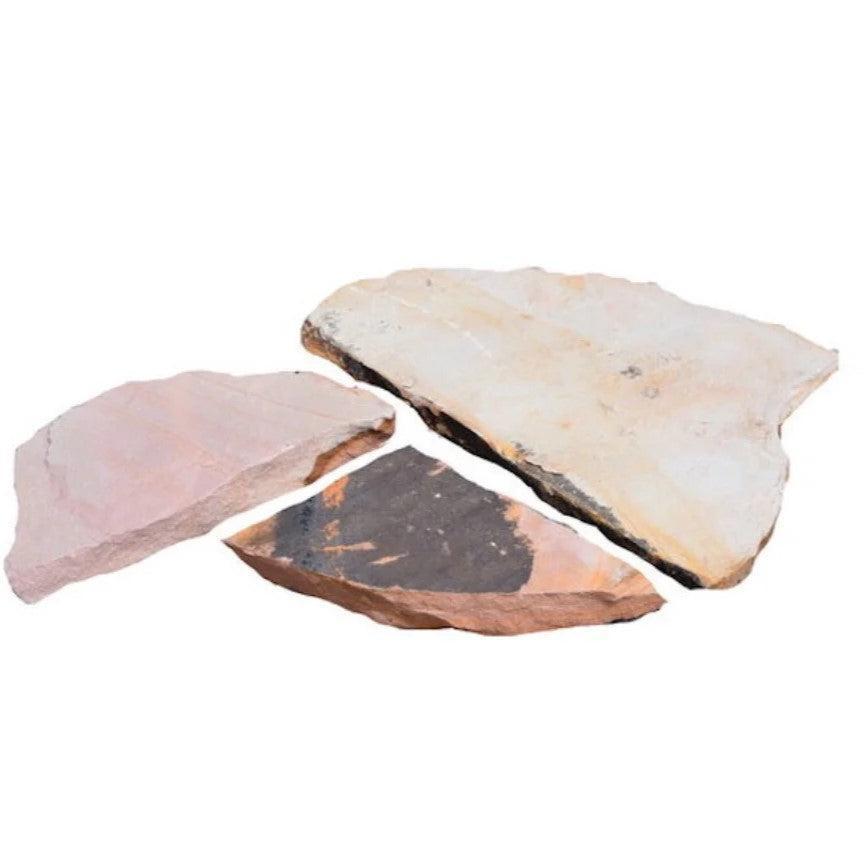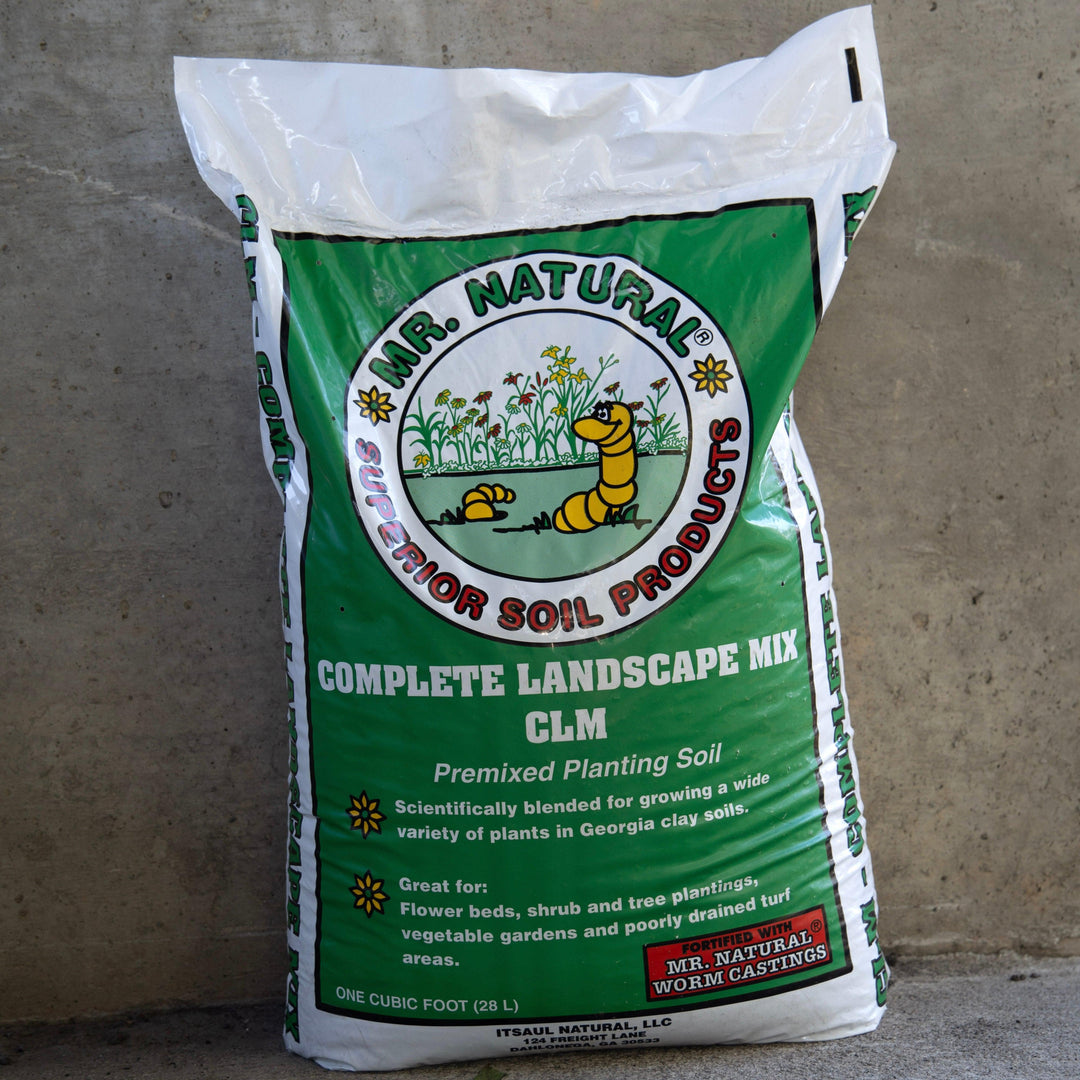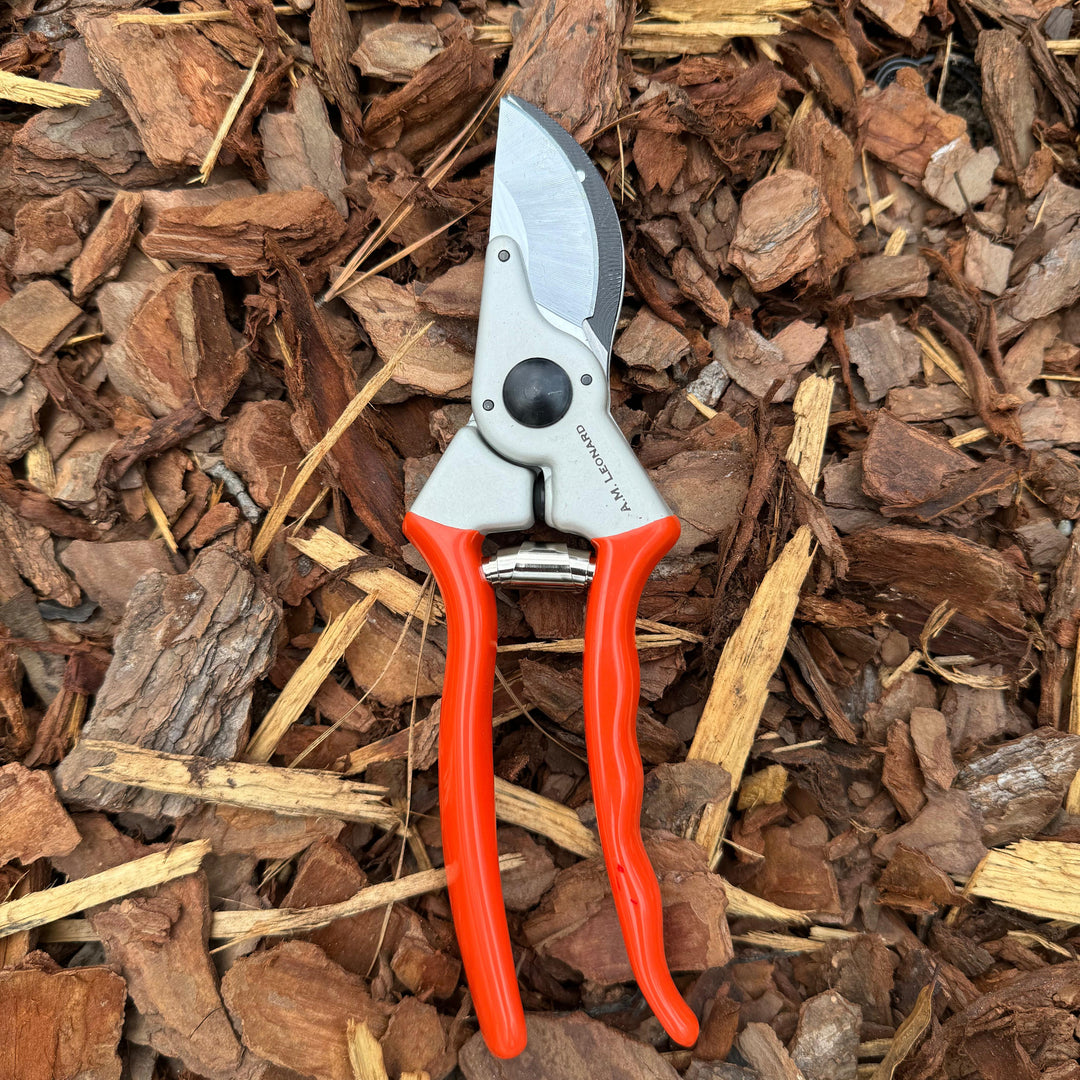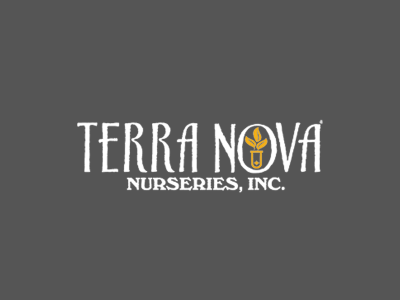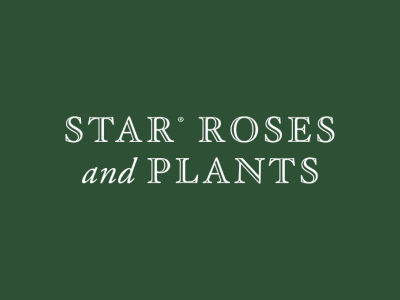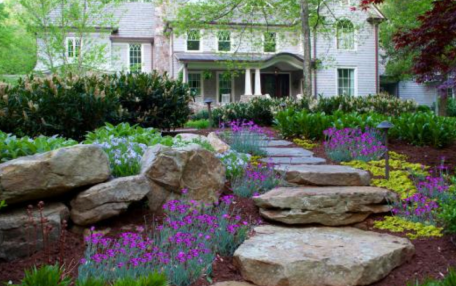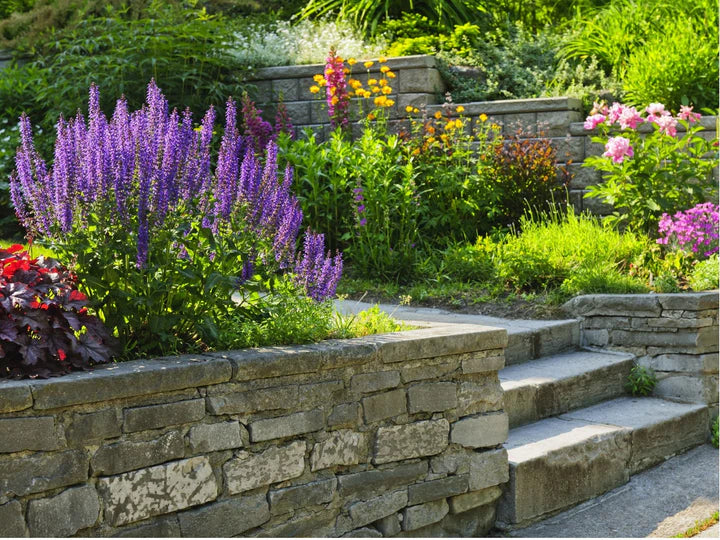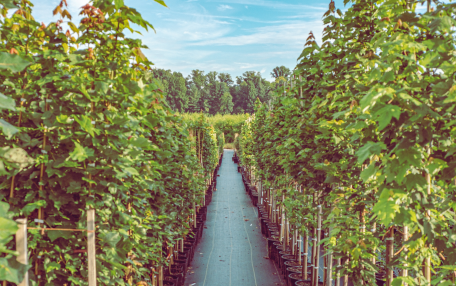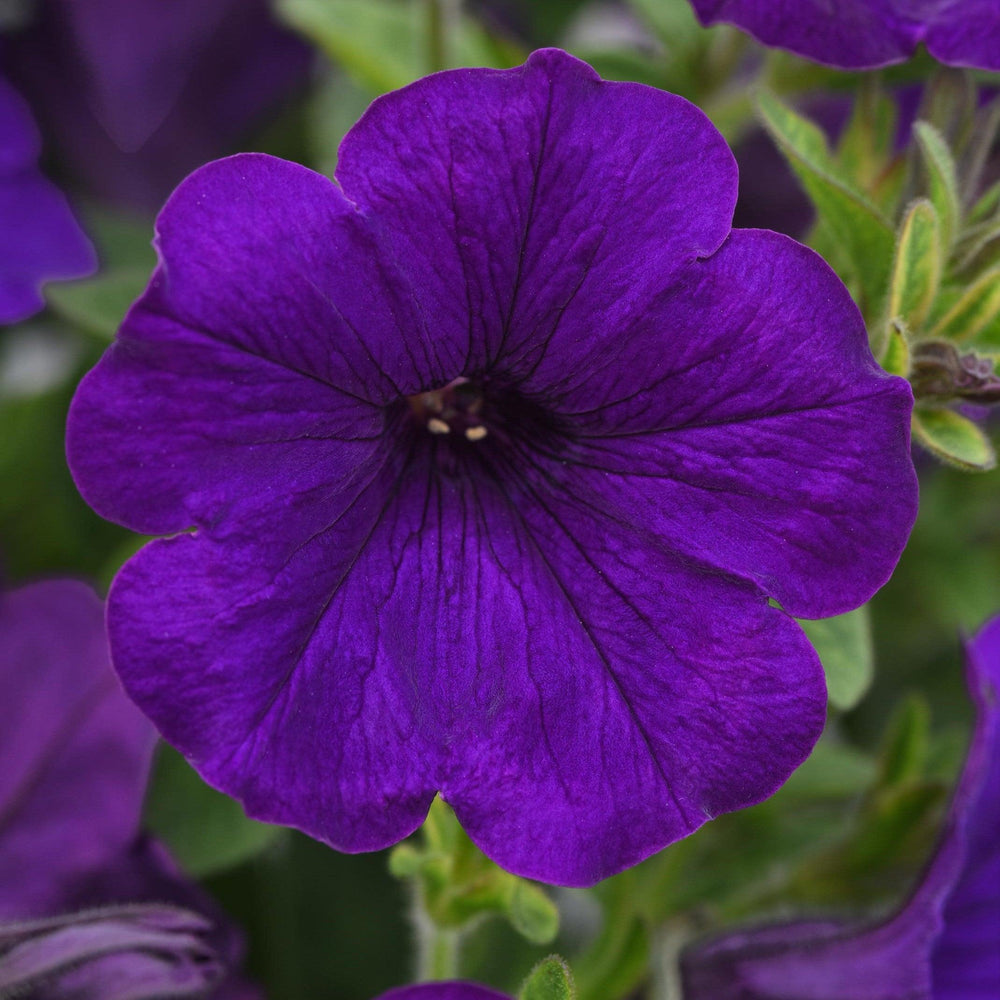Discover the World of Helleborus: Your Complete Care Guide
When it comes to early spring blooms and evergreen beauty, Helleborus, commonly known as Lenten Rose or Christmas Rose, is a standout choice. These enchanting perennial plants offer a dazzling array of colors, elegant forms, and hardy qualities that make them a favorite among garden enthusiasts. In this comprehensive guide, we'll explore the world of Helleborus, discuss the different species and groups available, and introduce you to popular cultivars to elevate your garden's charm.

Why Choose Helleborus for Your Garden?
Helleborus is cherished for various reasons that make it an excellent addition to any garden:
- Early Blooms: Helleborus is one of the first plants to bloom in late winter or early spring, bringing much-needed color to your garden when other plants are still dormant.
- Evergreen Foliage: These hardy perennials maintain their lush, green foliage year-round, enhancing the visual appeal of your garden even in the colder months.
- Long-Lasting Flowers: Helleborus flowers are long-lasting and may grace your garden for several months, offering continuous beauty.
- Low Maintenance: Once established, Helleborus is relatively low-maintenance, requiring minimal care to thrive.
- Shade Tolerance: Many Helleborus species and cultivars thrive in partial to full shade, making them suitable for various garden settings.
Now, let's delve deeper into the Helleborus world, exploring different species and groups that can grace your garden with their elegance.

Common Helleborus Species and Groups:
Helleborus orientalis (Lenten Rose): This group includes the well-known Lenten Roses, celebrated for their cup-shaped flowers in various colors like white, pink, purple, and green. They typically bloom in late winter to early spring.
Helleborus niger (Christmas Rose): Christmas Roses are admired for their pure white or pale pink flowers and often bloom around the holiday season, giving them their name.
Helleborus x hybridus (Hybrid Lenten Rose): These hybrids showcase a wide range of flower colors and patterns, adding diversity to your garden. They bloom from late winter to early spring.
Helleborus foetidus (Stinking Hellebore): Named for the peculiar smell when the leaves are crushed, this species features green or purple-tinged flowers and is appreciated for its evergreen foliage.
Helleborus argutifolius (Corsican Hellebore): This species boasts bright green, leathery foliage and clusters of pale green flowers. It's a great choice for year-round garden interest.
Helleborus viridis (Green Hellebore): These charming plants produce green flowers and are known for their hardiness and resilience.
Helleborus atrorubens (Red Hellebore): With its deep red to purple flowers, this species adds rich color to your garden.

Popular Helleborus Cultivars:
- Helleborus x hybridus 'Pink Frost': Delicate shades of pink and green make this cultivar a charming addition to any garden.
- Helleborus niger 'HGC Jacob': 'Jacob' produces pure white, outward-facing blooms, making it a classic choice.
- Helleborus x hybridus 'Golden Lotus': Bright yellow blooms with a hint of pink bring sunshine to your garden.
- Helleborus x hybridus 'Cotton Candy': Soft pink flowers create a sweet, pastel palette.
- Helleborus x hybridus 'Anna's Red': Grace your garden with deep red blooms that add a touch of drama and elegance.
- Helleborus x hybridus 'Jade Tiger': The unique combination of jade-green and maroon veining creates a mesmerizing effect.
- Helleborus x hybridus 'Dark Picotee': This cultivar features rich, dark flowers with contrasting picotee edges, adding a striking visual element to your garden.

General Care Guide for Helleborus:
- Light: Most Helleborus species and cultivars thrive in partial to full shade. They can tolerate morning sun but prefer dappled shade.
- Soil: Well-draining, rich, and slightly acidic soil is ideal. Ensure good organic matter content.
- Water: Keep the soil consistently moist but not waterlogged, especially during the growing season.
- Pruning: Remove old, tattered leaves in late winter to allow new growth to shine.
- Mulching: Apply a layer of mulch to protect roots and conserve moisture.
- Fertilization: Feed with a balanced, slow-release fertilizer in early spring.
Helleborus, with its captivating blooms and evergreen charm, can transform your garden into a winter wonderland. Whether you opt for the classic elegance of Helleborus orientalis or the unique allure of Helleborus x hybridus hybrids, you're sure to enjoy these captivating plants year after year. Explore the world of Helleborus and choose the varieties that best suit your garden's style and climate.

